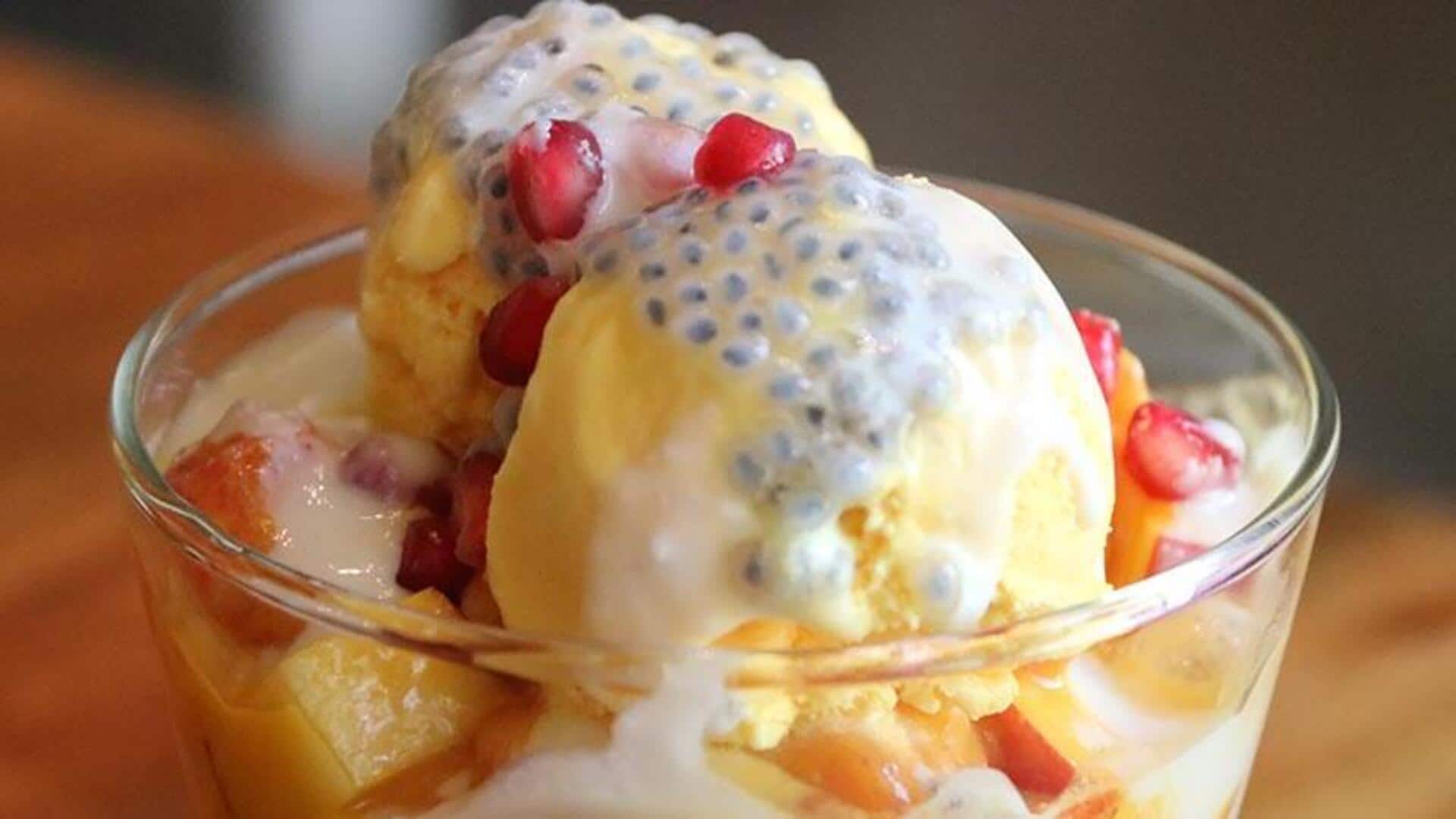
Evolution of falooda: From Persian roots to beloved indulgence
What's the story
A popular dessert drink, falooda has a rich history, which traces back to ancient Persia. Over the last few centuries, it has evolved and adapted to different cultures, becoming a beloved indulgence across many parts of the world. Famous for its unique combination of textures and flavors, falooda is loved by people of all ages. Here's a look at falooda's journey from Persia to the treat it is today.
#1
Persian beginnings
Falooda's history dates back to Persia, where it was called "faloodeh." It consisted of vermicelli noodles combined with rose water and sugar syrup. The dish would be served chilled, making it a delightful treat in hot weather. The basic yet refreshing faloodeh became a favorite among Persians, who loved how it cooled them off.
#2
Indian adaptation
As falooda traveled to India through trade routes, it changed a lot. The Indian versions added local ingredients such as basil seeds and milk. The addition of these elements made falooda richer in texture and flavor. In India, falooda started being associated with celebrations and special occasions, thanks to its elaborate preparation process.
#3
Modern variations
Today, falooda is served in dozens of variants across regions. Some versions add ice cream or jelly cubes for an extra dose of sweetness and texture. Others may use different flavored syrups like saffron or mango for an exotic touch. These modern variations have ensured the legacy of falooda lives on by catering to varying taste preferences.
#4
Global popularity
Falooda's appeal has crossed borders over the years; it is now savored all over the world in different avatars at restaurants or street stalls alike. This is mainly due to globalization carrying cultural influences far beyond their native locales. It enables people the world over to enjoy this delicious dessert drink with ease, no matter where they are today.